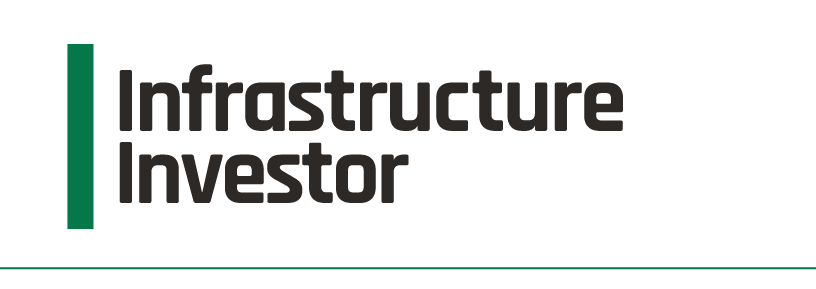
Technology has enabled investors to learn more about how infrastructure assets work than ever before – and they’re taking advantage of this insight in different ways.
While no one can dispute that infrastructure, as an asset class, has arrived, the labels used to segment the market – as well as the strategies they symbolise – can spark some passionate debate.
EDHECinfra’s Frédéric Blanc-Brude went head-to-head with David Bentley, of GIP-backed ATLAS Infrastructure, in an Oxford-style debate.
Infracapital just closed its debut greenfield fund on £1.25bn. That it took two years to raise and one investor felt compelled to remove it from its infra bucket shows there’s still work to be done.
Oil prices have stabilised to the point where infrastructure investors are comfortable putting large amounts of capital to work in assets that transport and store the commodity.
The government’s recently announced National Energy Guarantee could shorten contract duration, creating a risk-return profile closer to fossil fuel merchant generation, argues Maven Libera’s Mark Gemmola.
However, national infrastructure plans receive lukewarm backing, according to a joint Global Infrastructure Hub and EDHECInfra study.
VTB Capital’s Oleg Pankratov, head of infrastructure capital and project finance, and managing director Alex Moroz look at the growth story of Russian infrastructure investment, with a focus on the potential for further external investment in transport projects.
What does talk of ‘frothiness,’ ‘tightening spreads’ and ‘a switch to equity’ mean for infrastructure debt? We caught up with five infra debt specialists to find out.
Leisel Moorhead, a partner in the global infrastructure team at QIC, explains how ESG considerations were front and centre throughout the firm’s Port of Melbourne acquisition

















